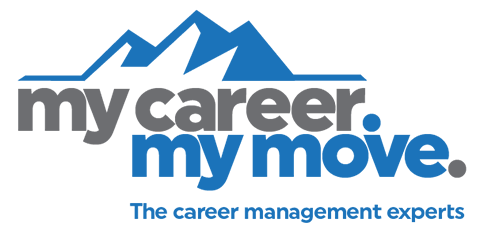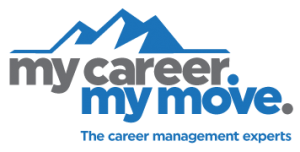Ever wondered how you can make the best impression at interviews and ensure you stay at the forefront of your potential employer’s mind for all of the right reasons after you have left?
While giving a good interview is important, the one step that most job seekers let themselves down on is following up after the interview. To help you, here are tips on how you can bring your name to the top of the candidate list by merely following up after your interview.
Ask about the next steps in the recruitment process
At the conclusion of your interview ask about the next steps in the recruitment process. This will show your willingness to proceed, ensure you are informed of the process and help you identify the appropriate times to follow up.
Send a thank you after your interview
As a follow up to your interview, an individual (not a group) thank you should be sent to each person that was present within 24 hours of your interview. Whether email or post, keep it friendly and conversational in tone and genuinely thank your interviewer for their time.
This follow up step shows that you are courteous and gives you another opportunity to restate your interest in the job and add any significant information you may have missed or forgotten during the interview. But keep it brief – this is not the time for an essay or long sales pitch.
Check-in if you haven’t heard back
Checking in after hearing nothing from a potential employer can be difficult, but it is important not to assume that you haven’t got the job just because you haven’t heard anything yet. Sometimes the recruitment process can take an employer longer than anticipated.
A lot of people avoid checking in as they don’t want to annoy a potential employer or appear desperate but rest assured following up is an essential and professional part of the job search process.
If you ended your interview by asking about the next steps in the recruitment process as recommended above, then it is important to wait until after the timelines you were provided with have passed before checking in. For example, if you were told that they would be finalising their decision within the next fortnight, make sure the fortnight has passed before approaching the company again.
Just as the recruitment process and interviews are becoming a little more casual these days, you might want to frame your follow up something like this:
“Hi NAME, I was just calling to see where you were at in the recruitment process for the JOB TITLE role? I know things can get really busy, but I wanted to let you know that I’m still keen to contribute to the team at ORGANISATION.”
Then, just wait for the response and allow the conversation to go from there.
Include them in your network
After the interview, connect with them on LinkedIn and stay in touch. Even if a job doesn’t work out, never underestimate the value of staying connected with interviewers and building a relationship with them. This could be commenting on updates, congratulating them on recent achievements, and maintaining an open conversation. But don’t overdo it. You want to appear professional and genuine, not obsessive or pushy.
Not all “no’s” are failed opportunities, you never know what can come from building a relationship with your interviewer. You could hear about future job opportunities within the same company, gain key industry insights or even have the chance to leverage their network.
Ask for feedback
If you find out that you aren’t the right fit for the job ask the all-important question “why?”. This will give you the opportunity to learn and grow, and position yourself differently for the next job opportunity that comes along. While no one likes rejection, this will give you valuable insight into what employers are looking for and valuing from the roles you are applying for.
Want to be sure you are a memorable candidate after interviews? You’ll learn more tips like these in our Starting Out, Starting Over and Starting New online career coaching programs.







